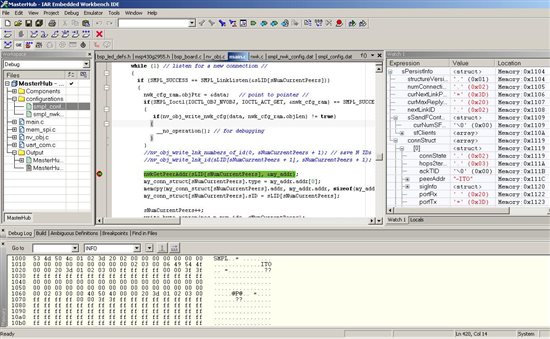How do you setup SimpliciTI to retain the paring information so when the power is cycled on the coordinator of the endpoints the automatically re-established their links? We are currently using CC1110-CC1111DK
-
Ask a related question
What is a related question?A related question is a question created from another question. When the related question is created, it will be automatically linked to the original question.


